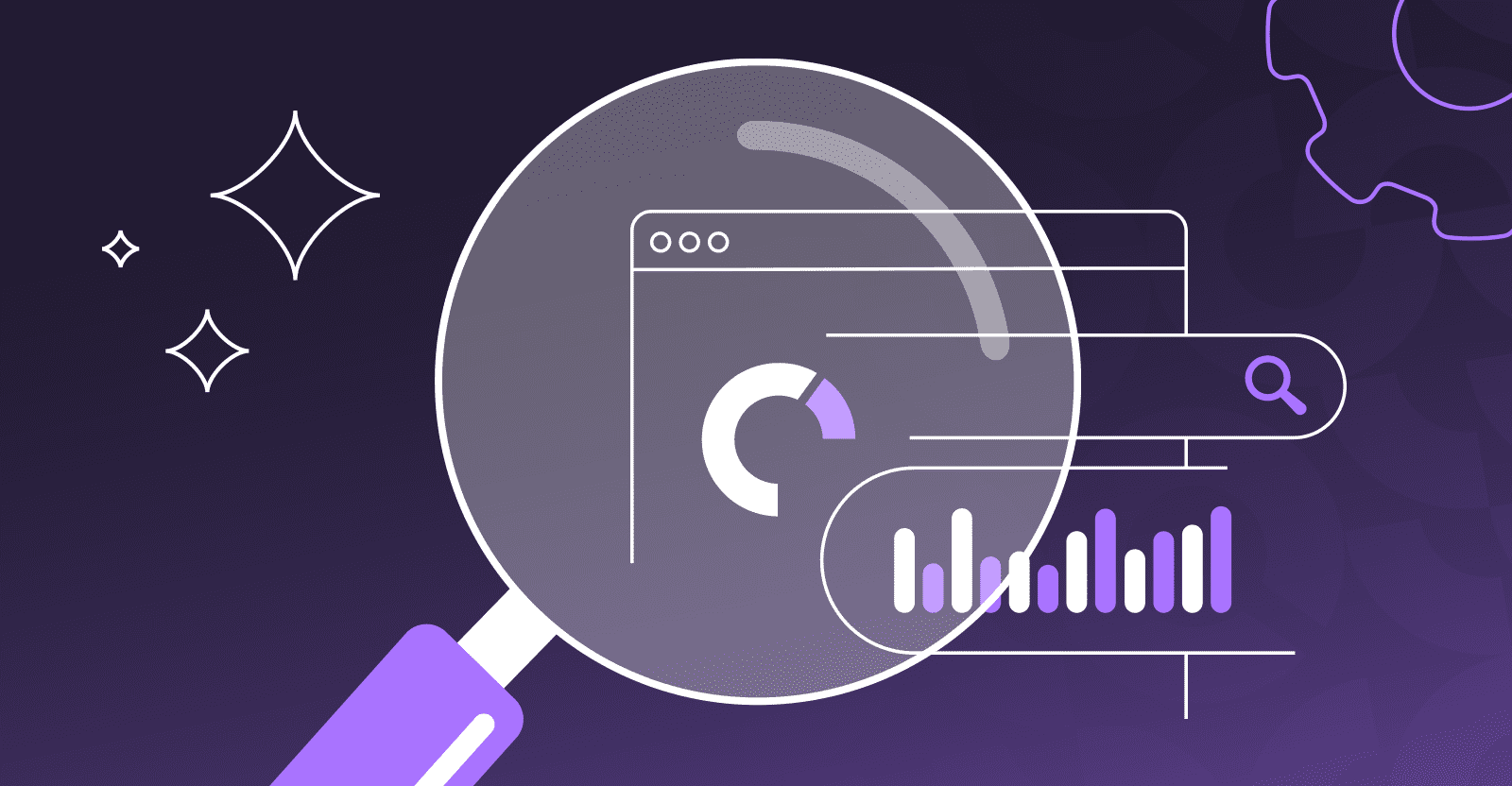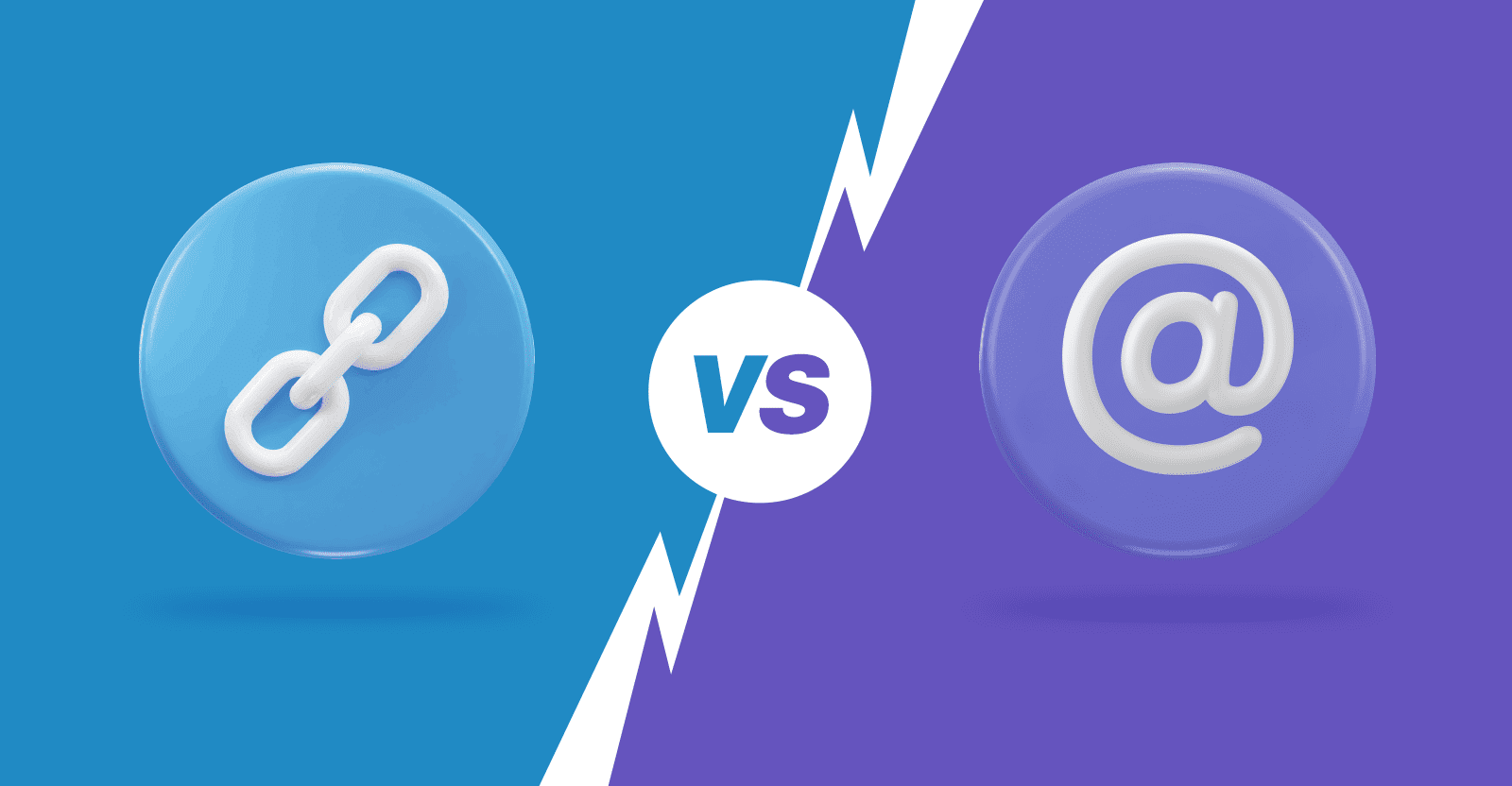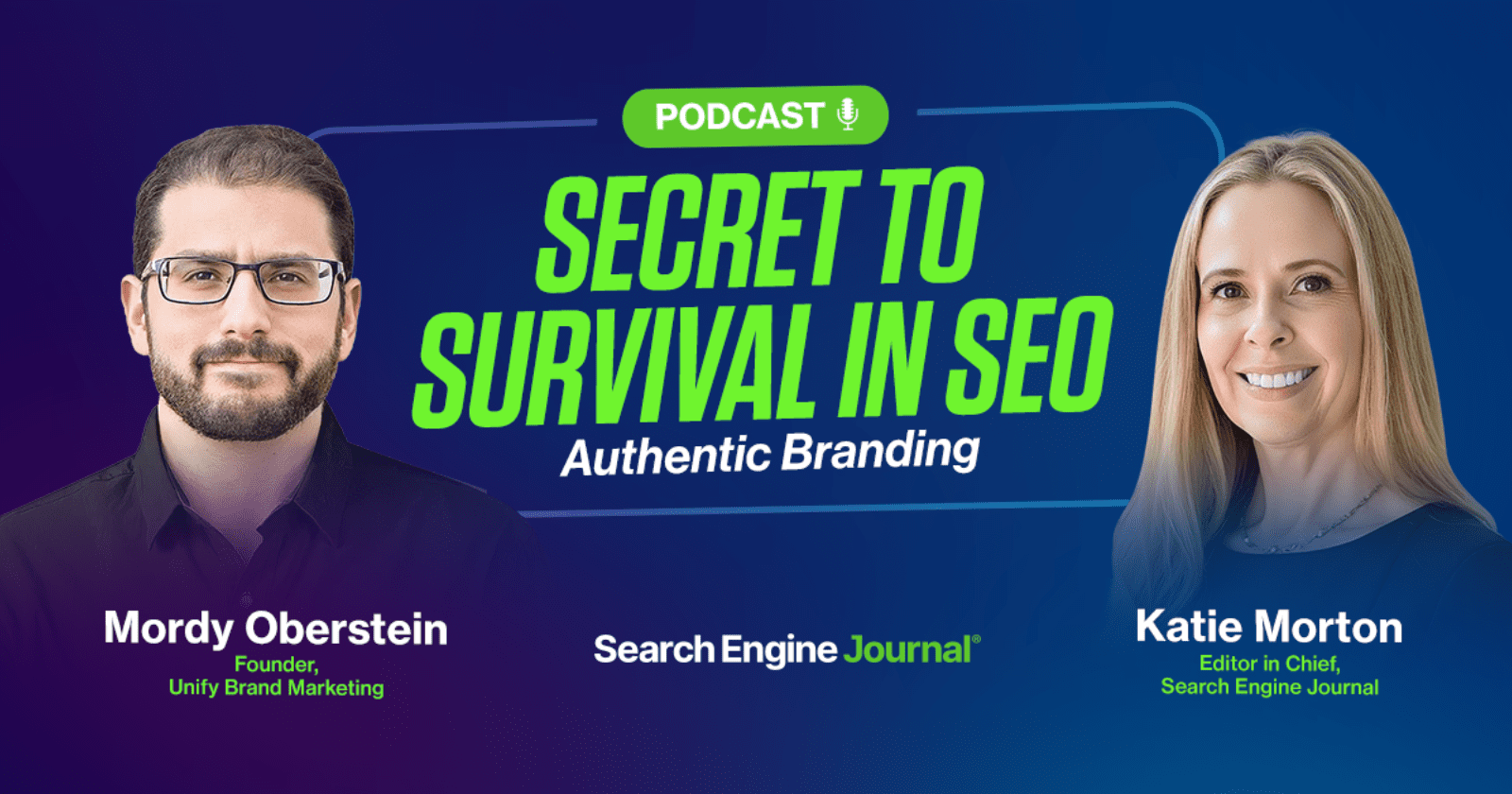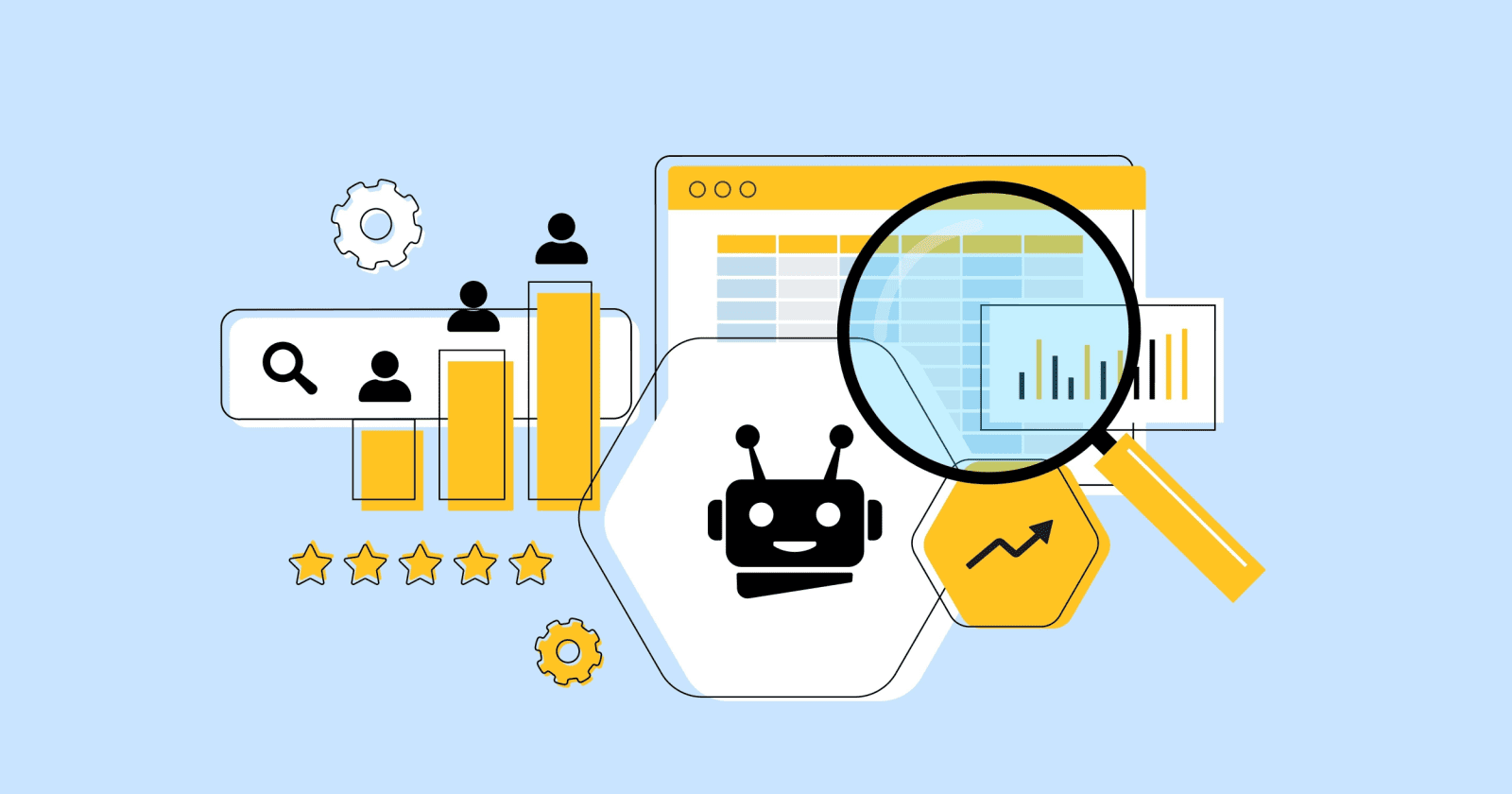Addressing The B2B Trust Deficit: How To Win Buyers In 2026 via @sejournal, @alexanderkesler

We have entered a new buyer era, one defined not by hesitation, but by a fundamental trust deficit in vendor promises.
Buyers are almost twice as likely to do business with vendors they trust; yet many have not established that trust before the crucial moment when shortlists are formed. 85% of buyers choose from their day one shortlist, with 90% having prior experience with at least one of the vendors they considered.
In short, if trust is not established early, you become invisible.
This shift demands a buyer-led approach that prioritizes enablement over lead generation and emphasizes consultative selling and outreach to demonstrate a genuine responsiveness to buyer needs.
In this article, I share a practical blueprint for embedding trust into your go-to-market (GTM) strategy using a layered trust framework as well as actionable tactics to build buyer confidence across every stage of the journey.
Buyer Behavior Has Shifted From Due Diligence To Instant Validation
What we recognize as traditional buyer behavior is centered on extended validation cycles and comprehensive reference checks. While still complex, buying journeys begin invisibly in the dark funnel, and are guided by AI to enable faster decisions.
B2B buyers spend nearly three-quarters of their buying journey researching anonymously before ever contacting a vendor, consuming up to 15 pieces of content before making a purchase decision, much of which resides outside an organization’s direct control.
This is due, in part, to buyers no longer tolerating generic, sales-led conversations. They seek experiences that address their specific challenges and provide personalized guidance through their research process.
The pressure intensifies when evaluating AI-driven solutions. Buyers must distinguish between genuine capability and marketing hype while navigating rapid technological evolution.
This may account for why 78% of buyers select products they had heard of before starting their research; for enterprise buyers, this rises to 86%. Brand awareness and preference carry a premium.
Recognition translates to consideration, consideration to evaluation, evaluation to selection.
Vendor Promises Face A Crisis Of Confidence
A significant trust gap has emerged between vendor promises and buyer confidence. Buyers express deep skepticism about return on investment (ROI) projections, business case assumptions, and sales engagement authenticity.
Only 45% of sellers claim they have fully mastered their client’s pain points and challenges. When salespeople lack confidence in their own value propositions, buyers notice.
This gap manifests in extended decision cycles and increased scrutiny of vendor claims. Buyers seek validation through multiple channels before committing to expensive, high-stakes purchases that affect their professional trajectory.
Where Buyers Place Their Trust
In North America, B2B business buyers rank competence (30%), dependability (19%), and consistency (17%), as the most important trust levers across industries, purchase contexts, and buyer roles.
Data on where buyers place their trust vary, yet all have one point of commonality; they do not include vendors as trusted sources of information:
- 59% trust consultants and subject matter experts.
- 68% trust referrals.
- 71% trust third-party opinions.
- 82% trust coworkers and internal management.
Vendors cannot control all these channels directly, but they can create strategies to influence their brand presence and reputation, and tailor how they appear in the invisible, AI-driven buying journey.
What This Means For B2B Marketers
Placement on the day one shortlist requires systematic signaling of credibility.
The opportunity lies in closing the trust gap early through content, clarity, and demonstrated value before buyers raise their hand or appear in your client relationship management (CRM) platform. This requires leaning into risk management and brand awareness strategies to establish presence in this invisible discovery process.
Organizations that enable discovery and build confidence outpace competitors who wait for inbound interest.
Building Trust Through Comprehensive Trust Architecture
Effective trust architecture addresses buyer needs across three essential layers:
- Technical trust.
- Peer trust.
- Continuous value.
Technical Trust: Integration Compatibility And Compliance
Technical trust addresses fundamental questions about implementation feasibility, security standards, and operational compatibility.
Buyers need confidence that solutions integrate with existing systems without creating technical debt or security vulnerabilities.
Embed technical trust into your trust architecture by:
- Deploying comprehensive documentation, implementation guides, and self-service tools that allow technical evaluators to assess compatibility independently.
- Providing clear information about security certifications, compliance frameworks, and data governance.
Technical stakeholders prioritize clarity, accuracy, and proven results over promotional language.
Peer Trust: Validated Success From Similar Organizations
Peer trust emerges from evidence that similar organizations have achieved measurable outcomes using your solution.
Embed peer trust into your trust architecture by:
- Facilitating access to case studies, benchmark data, and social proof that speaks to specific use cases and vertical nuances.
- Aggregating data that demonstrates typical implementation timelines, adoption curves, and outcome ranges, providing buyers with realistic expectations.
- Enabling direct conversations between prospects and existing clients when appropriate.
Peer validation carries more weight than vendor claims.
Continuous Value: Ongoing Innovation And Client Success Engagement
Continuous value demonstrates commitment beyond the initial sale.
Buyers evaluate whether vendors invest in product evolution, maintain responsive support structures, and enable ongoing optimization.
Embed continuous value into your trust architecture by:
- Establishing proactive communication cadences that surface relevant product updates, industry insights, and optimization opportunities.
- Demonstrating commitment through transparent product roadmaps, user communities, and accessible client success resources (e.g., success stories, implementation guides, templates).
Trust Enablers Across The Buying Journey
Your trust architecture requires consistent deployment of these enablers:
- Show up before the search begins: Brand awareness campaigns, thought leadership content, and industry participation establish recognition before buyers enter active evaluation.
- Deliver context-aware content that reflects specific use cases and vertical nuances: Generic positioning undermines credibility with buyers who need solutions tailored to their unique challenges.
- Shift GTM strategy from generating leads to creating confidence: Prioritize buyer enablement over lead generation metrics. Success is measured by influence on buyer decisions, not form completions.
- Create brand memory links that make your organization unforgettable before the first sales conversation: Distinctive points of view, valuable frameworks, and consistent presence build lasting recall.
How To Create A Systematic Trust Blueprint
A trust architecture defines the layers of buyer confidence.
A trust blueprint puts this into action, providing a scalable system to embed trust across the entire buying journey.
Together, they form a unified strategy: the architecture sets the vision, and the blueprint makes it real, enabling trust where it matters most.
Below is a structured approach to establishing credibility at scale:
1. Create A Unified Trust Document
A centralized trust summary consolidates critical information buyers need to evaluate your solution. This document should address:
- Security architecture and compliance certifications: Provide clear explanations of data handling practices, encryption standards, and regulatory adherence. Include industry-specific compliance (e.g., SOC 2, ISO, GDPR).
- Implementation framework and integration approach: Detail typical implementation timelines, resource requirements, and technical prerequisites. Address common integration scenarios with specificity.
- Proof of outcomes with quantified results: Present aggregate performance data across your client base. Include distribution curves showing typical, strong, and exceptional results rather than highlighting only best-case scenarios.
- Support structure and escalation paths: Explain how clients access assistance, typical response times, and how critical issues are prioritized and resolved.
Make this document easily accessible and ungated. When buyers can open, read, and share it freely, they circulate it across teams to build internal consensus. Every barrier to access slows that process and reduces momentum toward a deal.
2. Build An Enablement Resources Hub
Each individual member of a buying group evaluates solutions through their functional lens. Develop enablement resources tailored to common stakeholder roles:
- For technical evaluators: Provide API documentation, integration specifications, security architecture diagrams, and performance benchmarks.
- For financial stakeholders: Create Total Cost of Ownership (TCO) models, ROI frameworks, and payback period calculators grounded in realistic assumptions. Finance leaders scrutinize economic models.
- For operational leaders: Demonstrate implementation approaches, change management frameworks, and adoption acceleration strategies.
- For executive stakeholders: Synthesize strategic alignment, risk mitigation, and competitive positioning.
3. Design Consensus-Building Tools
Facilitate internal consensus rather than requiring target buying group champions to build it independently.
- Provide comparison frameworks that help buying groups evaluate alternatives systematically. These frameworks should acknowledge strengths and limitations across solution categories, not just promote your offering.
- Create decision criteria worksheets that guide stakeholders through solution requirements. When buyers use your frameworks to structure their evaluation, you shape the decision criteria.
- Develop internal presentation templates that champions can customize for stakeholder conversations. Reduce the effort required to socialize solutions internally.
4. Provide Progressive Validation Mechanisms
Enable buyers to validate claims incrementally throughout the evaluation process.
- Offer technical proof of concepts (POCs) with clear success criteria defined collaboratively. POCs that demonstrate specific capabilities under realistic conditions build confidence more effectively than broad demonstrations.
- Provide access to existing client references who match the prospect’s profile. Facilitated peer conversations accelerate trust development.
- Share transparent product roadmaps that acknowledge current limitations alongside planned enhancements. Honesty about product gaps builds trust more than overstating current capabilities.
5. Ensure Explainable AI And Decision Transparency
For AI-driven solutions, explainability is not optional. In the E.U., the AI Act already establishes requirements for explainability mechanisms that make decision criteria transparent, with implementation phases beginning in September 2026.
- Document how AI models make decisions, what data they use, and how accuracy is validated. Provide transparency about training data principles, model limitations, and ongoing performance monitoring.
- Build dedicated trust centers that consolidate information about AI systems, security practices, and compliance adherence. Make these resources accessible to all stakeholders without requiring sales engagement.
Organizations leading in the AI buying era recognize that trust is increasingly a transparent product feature, not just a sales promise.
Fast-Tracking Trust Across The Buying Journey
Embedding trust across your GTM strategy requires deliberate architectural decisions at each stage of the buying journey.
Dark Funnel Phase: Build Recognition
70% of the B2B buying journey happens in the dark funnel, long before brands are ever contacted or sales conversations begin. Deals are won or lost before providers know they even exist.
Visibility in hidden channels establishes initial awareness and shapes early perceptions. Below are ways to build recognition:
- Deploy thought leadership content that educates buyers about category dynamics, evaluation criteria, and implementation considerations. Content that helps buyers think more clearly about their challenges builds credibility and recall.
- Participate actively in industry communities, forums, and review sites where buyers conduct research. Third-party validation carries more weight than owned content.
- Invest in SEO, GEO/AEO (Generative/Answer Engine Optimization), and content discoverability so buyers encounter your perspective during organic and AI-led research. Being present when buyers search for solutions to their challenges creates initial touchpoints.
Awareness Stage: Confirm Rather Than Convince
When buyers initiate contact at the awareness stage, they have typically completed the dark funnel phase of their research independently and are now seeking confirmation for their initial assumptions.
The goal at this stage is to reinforce, not sell. Buyers are looking for validation that their research aligns with reality and that your solution fits the conclusions they’ve already drawn.
- Replace calls to action focused on convincing with approaches focused on confirming (e.g., “validate,” “confirm fit” over “schedule a demo,” “contact us”).
- Provide additional detail, clarify specific questions, and connect buyers with descriptive resources (e.g., guides, roadmaps, FAQs) rather than launching into standard pitches.
Listen more than present. Understanding where buyers are in their thinking allows for targeted responses that address genuine questions rather than generic positioning.
Consideration Stage: Enable Comparative Evaluation
During consideration, buyers evaluate multiple vendors systematically. They need resources that facilitate comparison across options.
- Provide objective comparison frameworks that help buyers assess alternatives across relevant criteria.
- Acknowledge category tradeoffs honestly. Buyers appreciate transparency about where different solutions excel and where they face limitations.
- Facilitate technical validation through POCs, technical deep dives, and architecture reviews.
- Remove friction from the evaluation process rather than adding sales-imposed hurdles.
Decision Stage: Accelerate Consensus
At the decision stage, buyers must achieve internal consensus across diverse stakeholders. This is where deals most often stall.
- Equip champions with resources they can use to build internal agreement. Provide stakeholder-specific materials, objection-handling frameworks, and implementation guides.
- Offer to facilitate stakeholder conversations when helpful. Executive briefings, technical workshops, and finance discussions that address specific concerns accelerate decisions.
- Address product risks proactively. Deployment risk and concerns about ROI and performance often stall decisions more than functional gaps.
Revenue And Beyond: Demonstrate Continuous Value
Trust does not end at contract signature. 80% of buyers are dissatisfied with the provider they choose at the end of the purchase process. Post-sale, client success-led experience determines renewal, expansion, and referenceability.
- Establish clear success metrics collaboratively during onboarding. Define what success looks like and track progress against those metrics systematically (e.g., product usage rate, NPS score).
- Provide proactive communication about product enhancements, industry developments, and optimization opportunities. Demonstrate ongoing investment in client success.
- Create opportunities for clients to share experiences with prospects. Peer advocacy is the most powerful trust accelerator.
Key Takeaways
- The risk-averse buyer did not disappear, but their trust has been eroded in an environment saturated with unsubstantiated or exaggerated claims.
- Build instant credibility to power your growth engine. Vendors that establish trust systemically earn earlier engagement, faster sales cycles, and stronger margins.
- Demonstrate competence through transparent frameworks, validate claims through peer proof, and maintain trust through continuous value delivery.
- Brand recall, demonstrated proof, and organizational maturity have become the new sales pitch. Enablement outweighs lead generation when buyers control most of their journey before vendor contact.
- Create repeatable trust frameworks that scale with speed and scrutiny. Make trust a GTM feature embedded across every buyer touchpoint, not a post-sale promise delivered inconsistently.
More Resources:
Featured Image: eamesBot/Shutterstock









